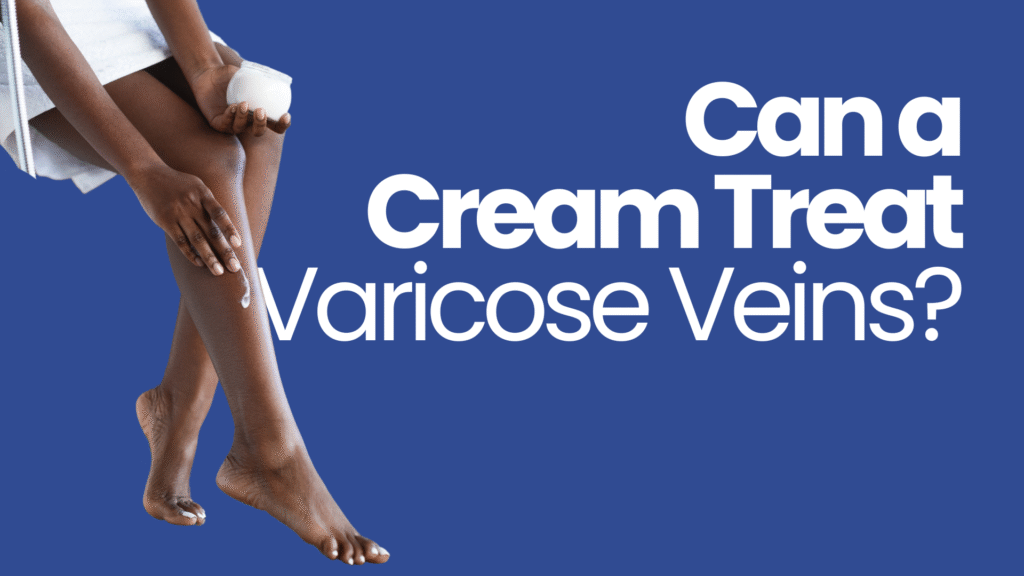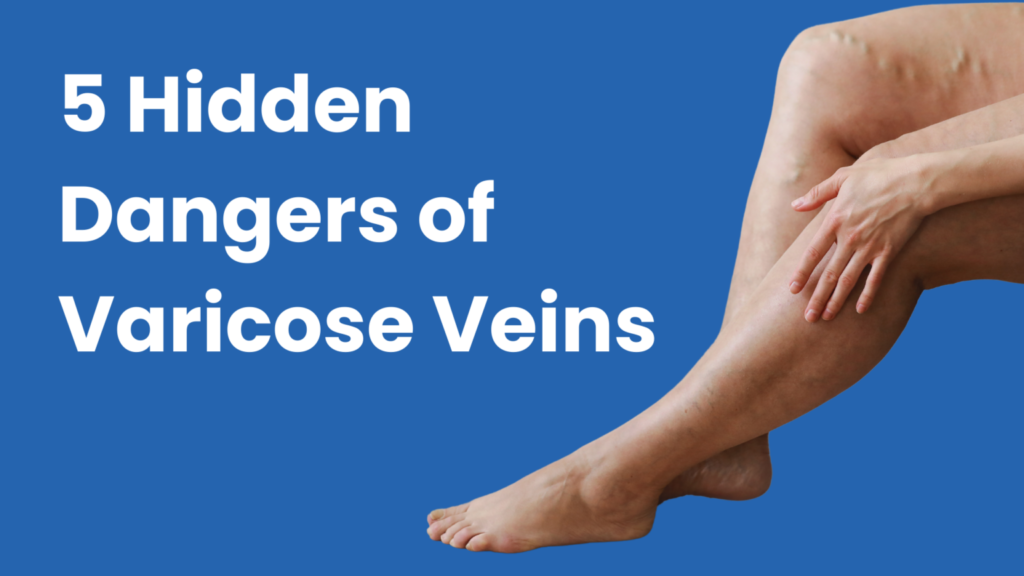Although not many people know this, varicose veins are among the most common medical conditions in the United States. In fact, the Society of Interventional Radiology has reported that around half of all Americans happen to suffer from vein disease in one form or another. Of that half, approximately one quarter of females and 15% of males eventually show visible varicose veins. Additionally, half the population of 50 year old citizens or older has varicose veins. Considered as abnormal vessels, varicose veins begin to form after the vein valves are weakened, impeding the veins’ capacity to return blood to the heart. As the blood pools, it effectively stretched out the wall of the vein, which is how varicose veins are formed. For those suffering from varicose veins who are looking for the right treatment, here are a few sound options.
Sclerotherapy
Sclerotherapy is one of the best options for treating varicose veins. Typically, vein doctors will use sclerotherapy to treat relatively small varicose veins. During the procedure, the doctor will inject a chemical into the patient which will initiate some irritation and scarring. The treatment is meant to cause the treated vein to close off, and it will eventually disappear. There are certain variations of this outpatient procedure as well, including microsclerotherapy (used for treating extremely small vessels) and ultrasound-guided sclerotherapy (meant to help the physician visualize deeper veins better). Additionally, foam sclerotherapy is a technique introduced relatively recently which is an ideal practice when it comes to treating larger vessels.
Ligation and Stripping
In this treatment method, the physician will tie off a vein and remove it before it has the chance to merge with a deeper vessel.
Ambulatory Phlebectomy
Here, the physician will administer a local anesthetic to the patient. Once under the anesthetic, the doctor will remove small veins through small punctures.
Catheter-Assisted Treatments
These involve the insertion of a tube into a specific vein, then subsequently heating the tip of the tube with a form of radiofrequency energy or laser. The vessel will shut in response to the heat, and the doctor withdraws the catheter in turn. Catheter-assisted treatments are the preferred method for larger varicose veins.
Laser Therapies
Laser therapy has been on the rise throughout several medicinal fields, including vein treatment. Laser vein therapy treatments allow vein specialists to essentially close up problem small varicose veins. Of course, a big draw to laser surgery is that it requires no needles or puncturing. Essentially, laser vein therapy works by imposing strong bursts of light onto a vein over and over. The light will enter the vein, eventually causing it to fade completely from sight. Vein patients considering laser vein removal in Deerfield Beach should fix themselves up with a consultation with an experienced vein treatment specialist in the area.


